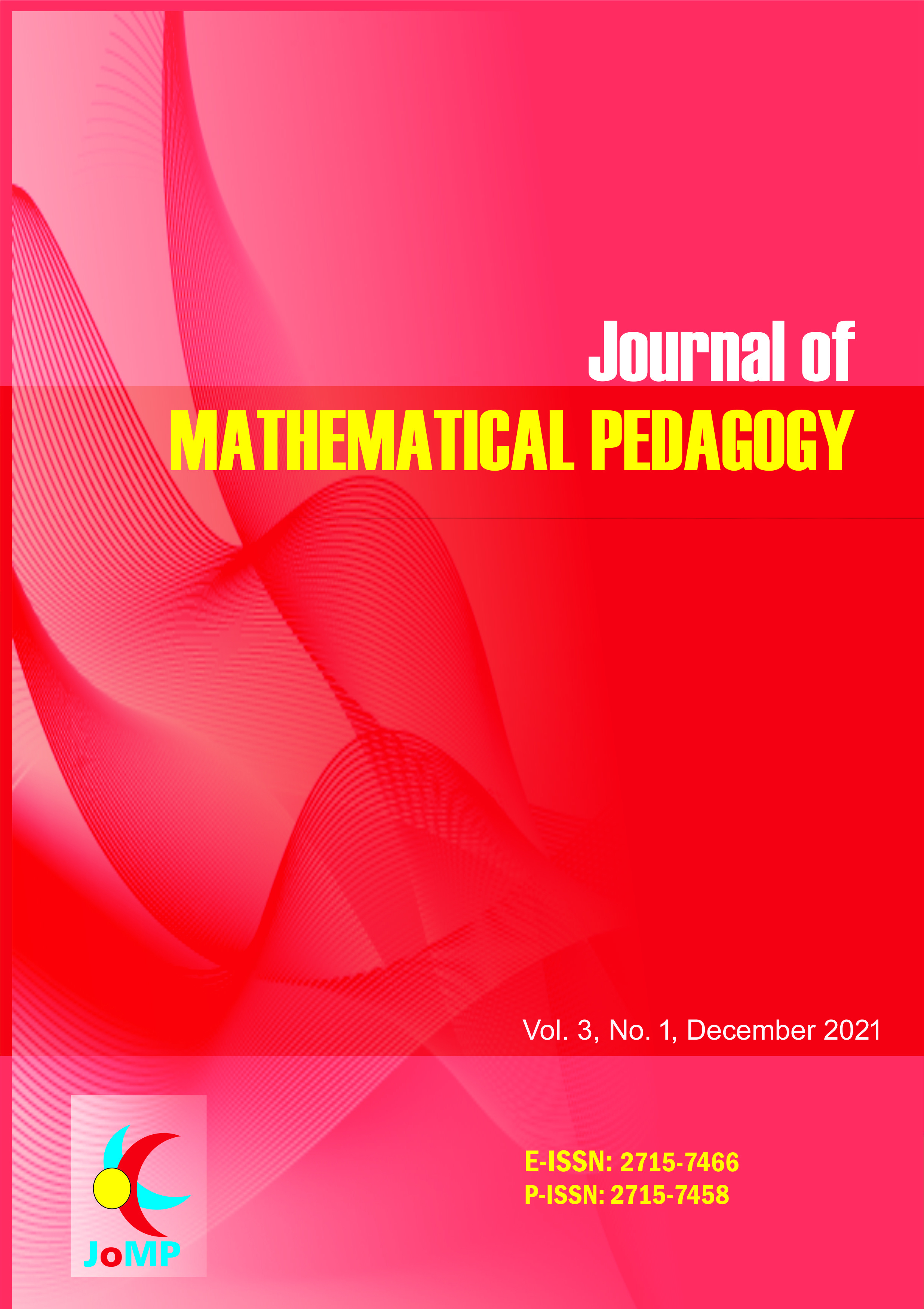Problem-Solving Ability of Female Students with Moderate Cognitive Level in Function Relation
DOI:
https://doi.org/10.26740/jomp.v3n1.p33-44Keywords:
Problem-solving, Female student, Moderate cognitive levelAbstract
This study aims to determine the problem-solving abilities of female students with moderate cognitive levels in function relations. The subjects of this study were students in grade 8 of junior high school who were taken purposively. Two female students with moderate cognitive levels were obtained. Data collection techniques using written methods and interviews. The data analysis technique uses three stages: data reduction, data presentation, and conclusions drawing. Checking the validity of the data using the triangulation method by comparing the written test data and interviews. In this study, management and data analysis used the NVivo software. This study shows that female students with a moderate cognitive level can carry out systematic problem-solving procedures, including understanding problems, planning, implementing plans, and checking back properly. However, these students have not been able to solve the problem correctly.
References
Cresswell, C., & Speelman, C. P. (2020). Does mathematics training lead to better logical thinking and reasoning? A cross-sectional assessment from students to professors. PLOS ONE, 15(7), e0236153. https://doi.org/10.1371/journal.pone.0236153
Ertl, B., Luttenberger, S., & Paechter, M. (2017). The Impact of Gender Stereotypes on the Self-Concept of Female Students in STEM Subjects with an Under-Representation of Females. Frontiers in Psychology, 8. https://doi.org/10.3389/fpsyg.2017.00703
Khanifah, K., Sutrisno, S., & Purwosetiyono, F. D. (2019). Literasi Matematika Tahap Merumuskan Masalah Secara Matematis Siswa Kemampuan Tinggi dalam Memecahkan Masalah Matematika Kelas VIII. JKPM (Jurnal Kajian Pendidikan Matematika), 5(1), 37. https://doi.org/10.30998/jkpm.v5i1.4544
NCTM. (2000). Principles and standards for school mathematics. NCTM.
Proctor, T. (2018). Creative problem solving for managers: developing skills for decision making and innovation. Routledge.
Upadhayay, N. (2014). Comparison of Cognitive Functions Between Male and Female Medical Students: A Pilot Study. Journal of Clinical and Diagnostic Research. https://doi.org/10.7860/JCDR/2014/7490.4449
 Abstract views: 175
,
Abstract views: 175
, PDF Downloads: 158
PDF Downloads: 158





